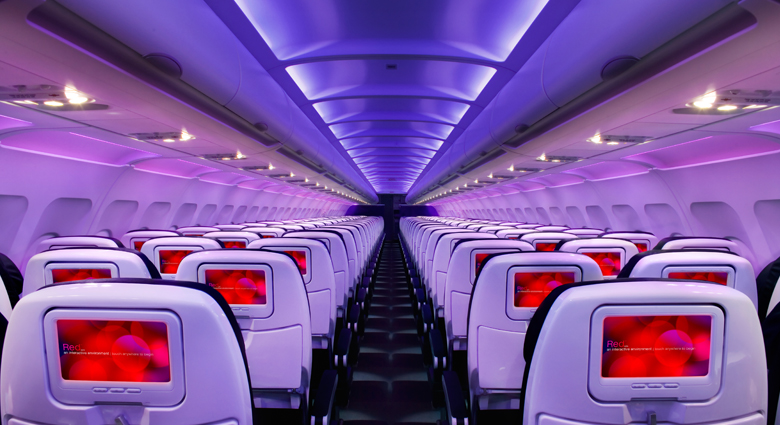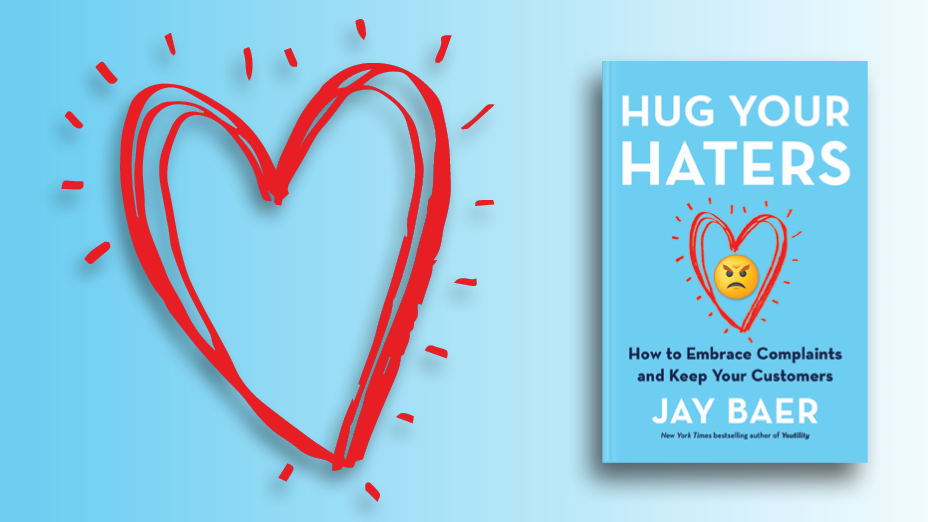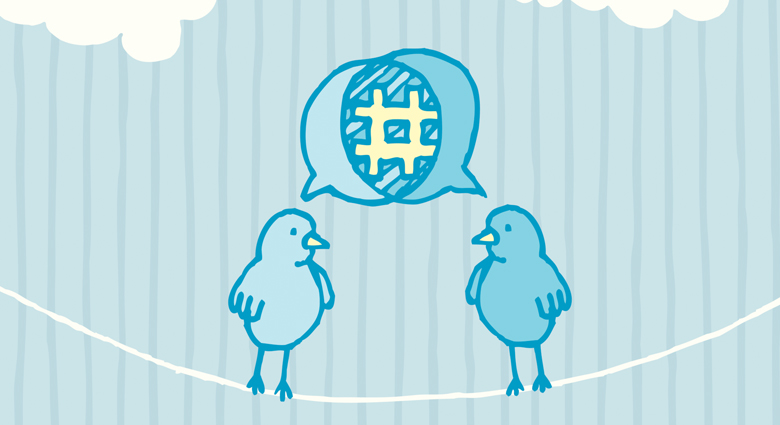There’s a big difference between sticking with a brand and being stuck with one. If your customers aren’t happy with your brand but they stay with you because of hefty switching costs, they’re not sticking with you—they’re stuck with you. Nobody wants to be held prisoner, so if your company’s customer-retention strategy relies on making it difficult for people to leave, you’re not building brand loyalty—and you’re not building a great brand.
"There’s a big difference between sticking with a brand and being stuck with one."
To create valuable, sustainable customer relationships, great brands don’t sell customers on contracts—they seduce them with connections. Impactful, memorable, emotional connections lead to true brand loyalty.
Consider Virgin America’s appeal. Virgin provides luxurious interiors, in-flight wi-fi, live TV and on-demand food service. Its fleet is 25 percent more carbon-efficient than the U.S. average and the company reduces its footprint with progressive practices like single-engine taxiing, idle reverse landings, and regulated cruising speed. Customers themselves can even make a difference in-flight by purchasing carbon offsets or making a charitable donation through Virgin’s entertainment system.
But these features aren’t why customers want to fly with Virgin again and again. The reason is that Virgin treats its customers like special guests, tending to their needs and making sure they’re comfortable and content. The company’s stated goal is “to always provide you with an unforgettable experience that adds value to your trip.” To that end, its staff is empowered to make decisions on the spot to help customers. This level of care and attention has established Virgin as a brand that takes care of its customers and cares about the planet. And this has inspired fierce loyalty, with many brand fans going out of their way to fly Virgin.
By consistently executing on its brand values, Virgin employees give customers every reason to love flying with them. Once you’ve had the best flight of your life, it’s hard to settle for what other airlines offer, even if you’ve racked up their frequent-flier miles or are tied to one of their credit cards.
People decide which brands to buy and which ones to stick with based on how they make them feel. That’s why brands aren’t in the business of selling products—they’re in the business of forging close emotional ties with their customers.
How to Establish an Emotional Connection
1. Ground your brand identity in emotional values that set you apart from the competition and resonate with your consumers. Product features and claims of efficacy should be used only to support those values.
"Brands aren’t in the business of selling products—they’re in the business of forging close emotional ties."
2. Give long-term customer relationships priority over short-term sales. While this is a widely accepted notion, the pressure to demonstrate immediate return on investment and the traditional managerial imperative to reach for top-line revenue goals lead companies to put sales ahead of relationships. Leaders need to resist the urge to chase the sale, and their best defense is a firm commitment to their brand identity (see No. 1 above).
3. Use your brand—not product categories—to determine your business scope and scale. Your focus on creating deeper emotional bonds with customers should drive product innovations and brand extensions.
4. Perpetually ask and answer: “What business are we really in?” Virgin America isn’t in the business of selling flights. Its business is making good friends during relaxing, luxurious, and affordable experiences. With this level of commitment to making an emotional connection, Virgin, like other great brands, continuously redefines consumer expectations and challenges the norms of its industry categories.
Great brands have the same business goals as most companies do: long-term customer loyalty, retention, and satisfaction that generate a continuing revenue stream from existing customers. But great brands achieve their goals by forging personal and meaningful bonds with customers. An emotional connection is the most powerful switching cost.





.png)



What Did You Think?